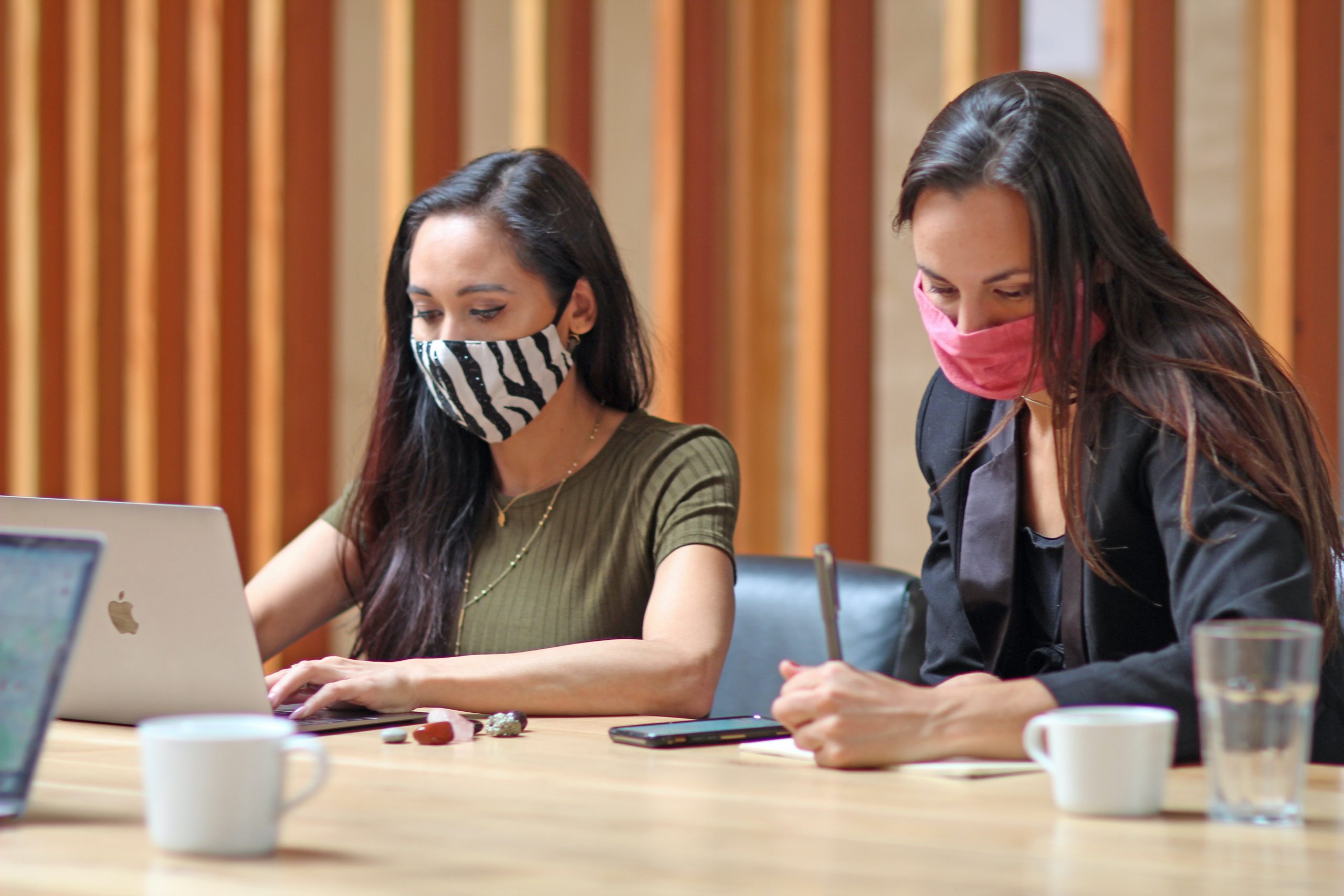
How much Space is enough?
It was hot and humid day in Bujumbura, Burundi.
The mini-bus was loaded and we were ready to drive to our destination in Ijenda.
To our surprise the bus stopped to pick up some more passengers even before we left the city. The air in the bus got warmer as we crowded together.
We continued our trip upcountry.
Over the next few hours the bus made multiple stops. More people got on, but nobody stepped off.
We were amazed how many passengers managed to squeeze into that bus before we arrived at our destination. The bus was way beyond fully loaded. The closeness cramped our North American sense of personal space.
Growing up, we all learn about appropriate physical space.
COVID-19 has expanded our personal space even more. Two meters is the new normal. This brings new challenges.
With Social Distancing policies in public areas we have lost what is called Personal Distance Space. Generally, the North American sense of space suggests the following rules apply:
Intimate Distance (touching to 45cm)
Personal Distance (45cm to 1.2m)
Social Distance (1.2m to 3.6m)
Public Distance (3.7m to 4.5m)
Previously we would have conversations in public within the Personal Distance Space.There are some key reasons this is such a vital space. Here we can better hear the other person, pick up expressions and notice their eye movements in more detail. The use of handshaking was a way of appropriately entering into this Personal Distance Space in order to initiate a more personal connection.
Here are two key concerns to be aware of in the present reality:
Without the handshake we need to establish a connection without entering the Personal Distance Space.
Increased distance and masks are making it difficult to pick up the nuances of what the other person is communicating. This means we will need to ask more questions.
Listening has become more important with the loss of the visual cues.
Since public speakers are even further removed from their audiences they need to adjust in a number of ways. It may be necessary to adapt some of these techniques in order to communicate across the gap. For example:
– our gestures may need to be more pronounced
– be aware that our words don’t have the supporting facial expressions
– speak more clearly, watch our tone and increase volume
– appropriate eye contact is going to be essential
– be more patient with each other, as we are learning to communicate in a new way
By the way, we thoroughly enjoyed the trip. The atmosphere on the bus was positive and people were enjoying themselves.
This is a reminder that it is possible to adjust to new spaces and still communicate effectively if we have the right attitude and skills.
Is your team being challenged by social distancing?
If you want to improve your communication and presentation skills, let’s talk.
We offer great team building workshops to improve your communication.
Eduardo Heinrichs


.jpg)

.png)



